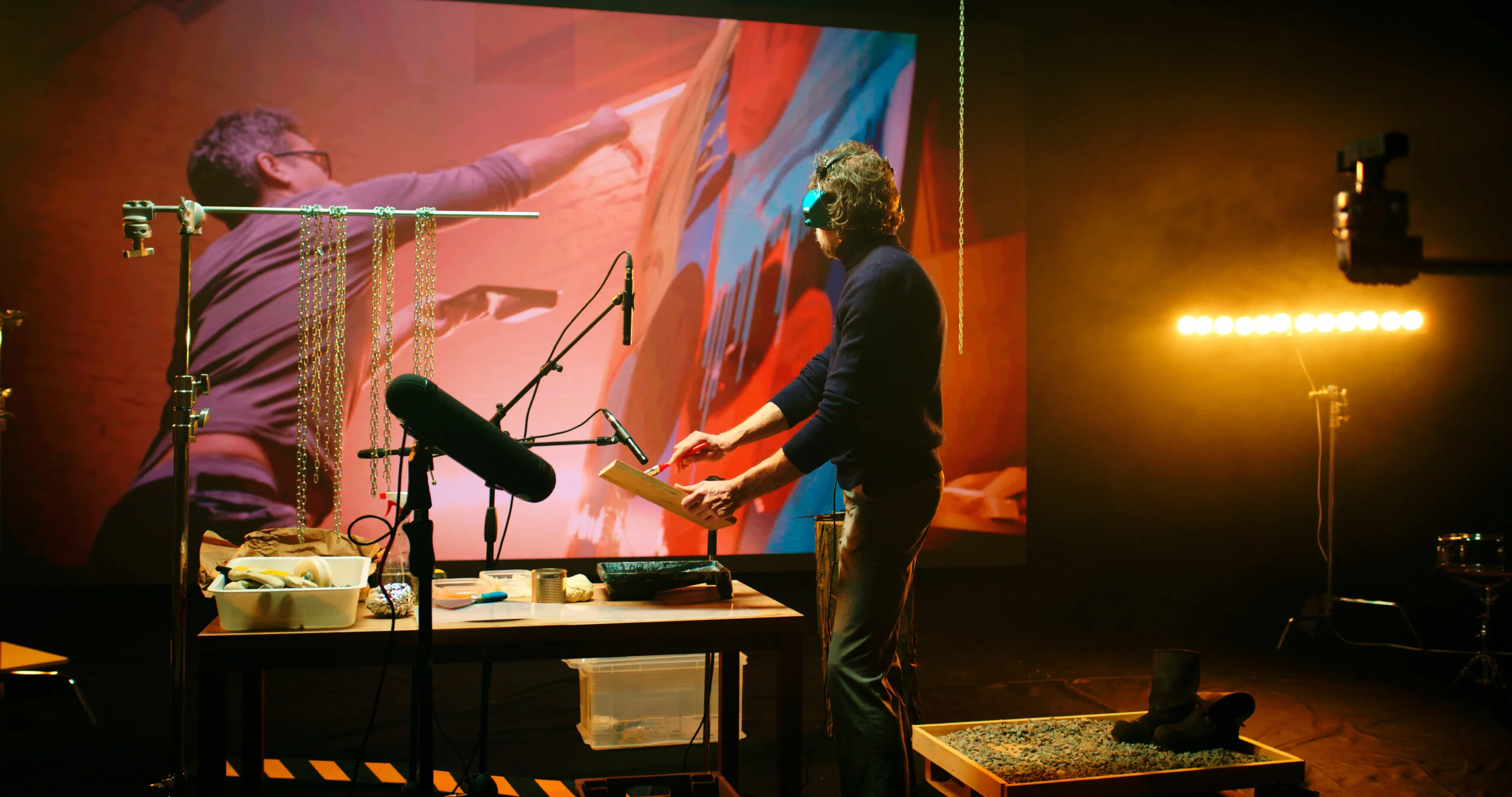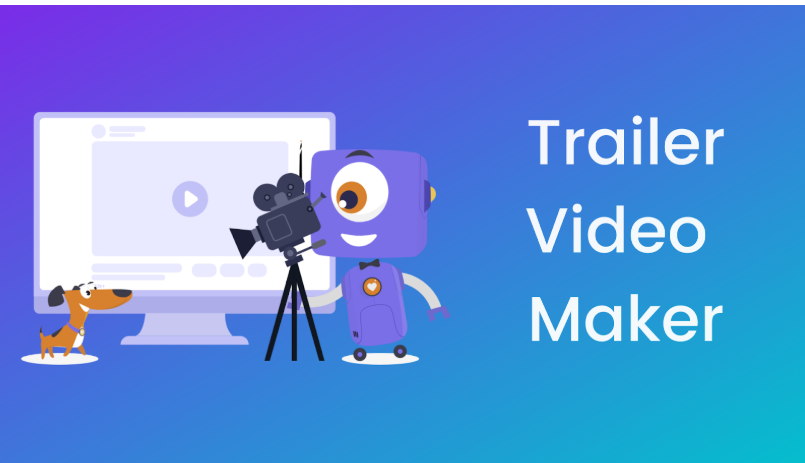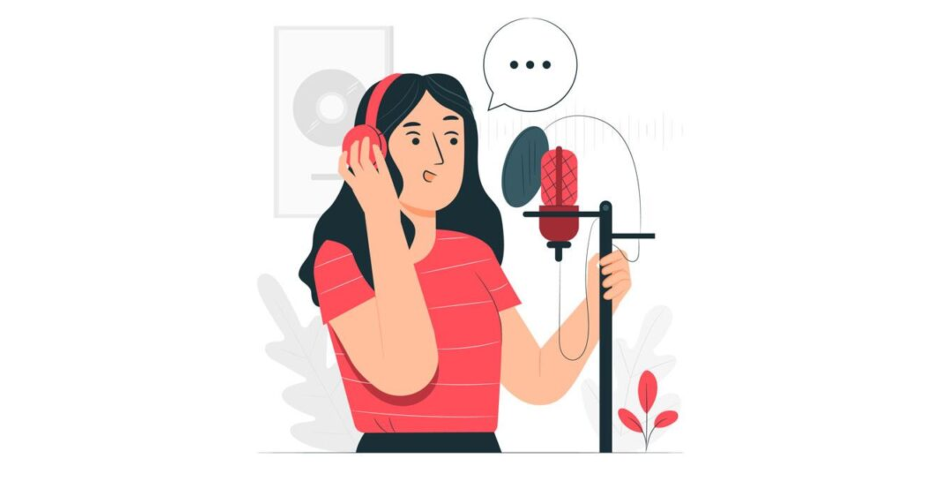In today’s interconnected world, inclusivity is not just a moral imperative but also a strategic advantage. Content creators, marketers, and educators are increasingly leveraging technology to reach diverse audiences. Among these advancements, AI voice technology has emerged as a powerful tool for making content more accessible and inclusive. By generating realistic voiceovers in multiple languages and tones, AI voice tools break down barriers, enabling businesses and creators to connect with people across different demographics. This article explores how AI voice technology fosters inclusivity and offers actionable tips for implementing it effectively.
The Role of AI Voice Technology in Accessibility
One of the most significant benefits of AI voice technology is its ability to enhance accessibility for people with disabilities. For individuals who are visually impaired, audio content can provide an alternative to text-based media. Similarly, those with learning disabilities or cognitive impairments often find spoken content easier to process than written material. AI voice technology offers an efficient way to convert text into high-quality, natural-sounding audio, making information more digestible for everyone. Additionally, tools with multilingual capabilities can deliver content in various languages, further ensuring inclusivity for non-native speakers.
Reaching Diverse Audiences with Multilingual Voiceovers
Language is a common barrier that prevents content from reaching a global audience. Traditional translation and voiceover services can be expensive and time-consuming, often limiting their adoption. AI voice technology simplifies this process by offering automated solutions for creating multilingual voiceovers. With tools capable of producing realistic voices in over 50 languages and accents, businesses can adapt their content for different regions and cultures. This capability allows creators to expand their reach and build stronger connections with audiences who might otherwise feel excluded.
Enhancing Content for Non-Native Speakers
For many people, consuming content in their second or third language can be challenging. AI voice over generator technology addresses this issue by enabling creators to produce localized content with accurate pronunciation and culturally relevant tones. For example, an educational video can feature voiceovers tailored to specific dialects, ensuring that non-native speakers fully comprehend the material. This approach not only improves accessibility but also demonstrates cultural sensitivity, which is essential for fostering trust and loyalty among diverse audiences.
Empowering Educational Institutions
Educational institutions play a crucial role in promoting inclusivity, and AI voice technology is helping them achieve this goal. By integrating AI-powered text-to-speech tools, schools and universities can create audio versions of textbooks, lecture notes, and other learning materials. These resources are invaluable for students with visual impairments or learning disabilities. Moreover, multilingual voiceovers make educational content accessible to international students, breaking down language barriers and creating an inclusive learning environment. As a result, AI voice technology is transforming education by ensuring that no student is left behind.
Bridging the Gap in Corporate Communications
Inclusivity in corporate communications is vital for building a cohesive and motivated workforce. AI voice technology enables companies to create training materials, announcements, and presentations that cater to employees from diverse backgrounds. For instance, onboarding videos can feature voiceovers in multiple languages, ensuring that every employee, regardless of their native tongue, feels valued and understood. This inclusivity fosters a sense of belonging, which can significantly enhance employee engagement and productivity.
Making Social Media Content More Inclusive
Social media platforms are a hub for diverse communities, making inclusivity essential for content creators aiming to engage broad audiences. AI voice technology can help by generating voiceovers for video content, ensuring that it resonates with people of all ages, abilities, and cultural backgrounds. Features like automatic subtitles and captions complement voiceovers, creating a multimedia experience that caters to everyone. This approach not only enhances user engagement but also aligns with accessibility standards, making social media content more impactful.
Cost-Effective Solutions for Small Businesses
For small businesses and independent creators, achieving inclusivity may seem daunting due to budget constraints. AI voice technology offers a cost-effective alternative to traditional voiceover services, enabling even the smallest teams to produce professional-grade audio content. By automating the process, businesses can save time and resources while still delivering high-quality, inclusive content. Whether it’s creating product tutorials, marketing videos, or customer support materials, AI voice tools level the playing field, allowing small players to compete with larger enterprises.
Humanizing AI Voice Technology for Better Engagement
While AI voice technology has advanced significantly, humanizing the output remains a key focus. Modern tools use neural networks to mimic human speech patterns, creating natural-sounding voices that evoke emotions and build connections. This feature is particularly important for content aimed at vulnerable or marginalized groups, as it ensures that the message feels genuine and empathetic. By choosing the right tone, pitch, and pacing, creators can make their content more relatable and engaging, further enhancing inclusivity.
Tips for Implementing AI Voice Technology
Choose the Right Tool: Select an AI voice technology platform that offers diverse voice options and supports multiple languages. Look for tools with advanced customization features to tailor voiceovers to your audience’s needs.
Focus on Cultural Relevance: Ensure that the content aligns with the cultural norms and preferences of your target audience. This includes accurate pronunciation and appropriate tonal variations.
Test Accessibility Features: Incorporate accessibility features such as adjustable playback speeds and compatibility with screen readers to cater to users with disabilities.
Gather Feedback: Regularly seek input from your audience to identify areas for improvement. This feedback can help you refine your approach and ensure that your content remains inclusive.
Combine with Visual Aids: Pair AI-generated voiceovers with captions, subtitles, and visual aids to create a comprehensive and inclusive multimedia experience.
Challenges and Future Prospects
Despite its many benefits, AI voice technology is not without challenges. Issues such as limited voice options for certain languages, inaccuracies in translation, and potential biases in AI algorithms need to be addressed. However, continuous advancements in machine learning and natural language processing are paving the way for more robust and inclusive solutions. Similarly, the rise of AI video maker apps is transforming the way we create content. In the future, we can expect AI video tools to become even more sophisticated, offering hyper-personalized content that caters to individual preferences and needs.
Conclusion: A Step Toward a More Inclusive Future
AI voice technology is revolutionizing the way we create and consume content, making it more accessible and inclusive for people across the globe. From enhancing accessibility for individuals with disabilities to bridging language gaps and fostering cultural sensitivity, its applications are vast and impactful. By integrating AI voice tools into their workflows, businesses, educators, and creators can ensure that their content resonates with everyone, regardless of their background or abilities. As this technology continues to evolve, it holds the promise of a more inclusive future where everyone has a voice—and every voice is heard.




